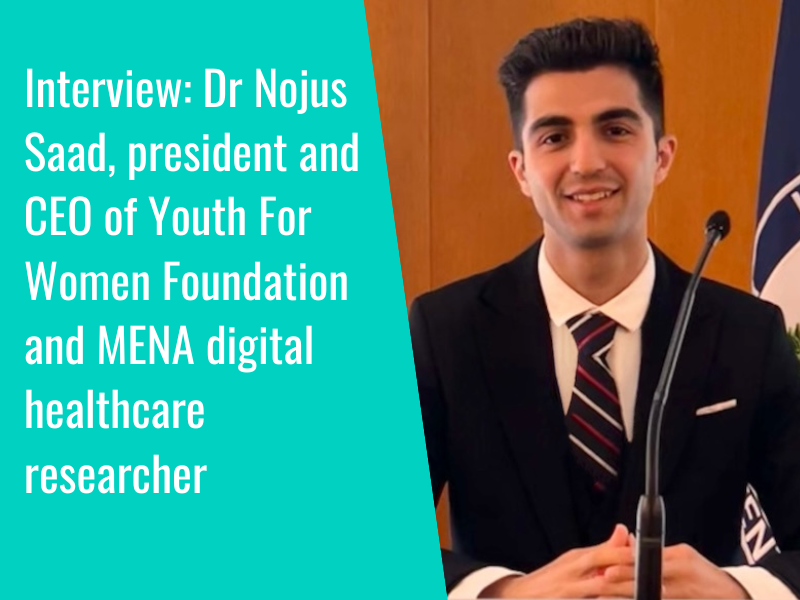The Healthcare Information and Management Systems Society’s (HIMSS) Digital Health Indicator is to be deployed at the Missouri Department of Health and Senior Services (DHSS) to help assess progress toward digital health transformation.
Guidehouse, a provider of strategy and managed services, announced that they would be partnering with HIMSS to oversee the deployment, which will be measuring the current state of the DHSS’s public health information across the agency, including bureaus, divisions, and local public health authorities. Outcomes of the assessment will help the department to work toward improving the ways data is collected and used to improve the health of residents.
The project will see the DHI tool used to offer insight into the department’s performance across governance and workforce, interoperability, predictive analytics, and person-enabled health.
Dr Josh Wymer, chief health information and data strategy officer at the DHSS, highlighted that “embracing the health of Missouri communities requires a clear understanding of our current digital health maturity landscape”, adding that the department is “looking forward to” the opportunity for the advancement of digital health and system capacity.
Dr Anne Snowdon also commented on the partnership on behalf of HIMSS, stating that the HIMSS team is “honoured” to work alongside leaders on advancing digital maturity and achieving “an agile, data-driven, and high-performing public health system” to support the health of Missouri citizens.
A report containing information and recommendations following the completion of the project is expected to be delivered in early 2025.
In related news, last month HIMSS delivered a series of recommendations on how to engage “diverse and underserved communities” in the design, development and validation of health IT tools and systems, including prioritising design thinking and scalable frameworks. Recommendations included ensuring that stakeholders from underserved patient populations are involved; utilising design thinking; and developing user-centric design.
- 1
- 2
















